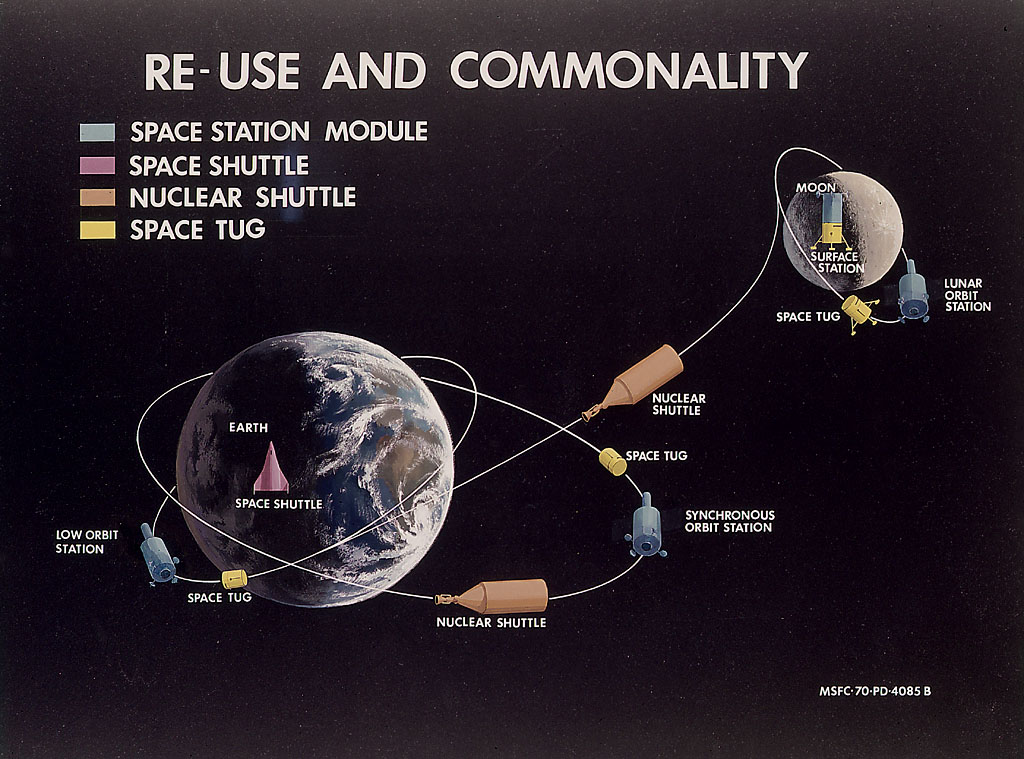Enriching Uranium: A Complex Process with Global Implications
Introduction
Uranium, a naturally occurring element found in the Earth's crust, plays a significant role in both energy production and global security. While uranium occurs in nature as a mixture of isotopes, it is the isotope uranium-235 (U-235) that is of particular interest due to its potential for nuclear fission, a process that releases a substantial amount of energy. Enriching uranium involves increasing the concentration of U-235, a complex and highly controlled process that has profound implications for both peaceful and military applications. In this article, we will explore the methods and challenges associated with uranium enrichment, as well as its global significance.
The Need for Enrichment
Natural uranium consists mostly of U-238, making up approximately 99.3% of the total uranium content. U-235, on the other hand, comprises only about 0.7%. For most nuclear applications, including nuclear power generation and the development of nuclear weapons, a higher concentration of U-235 is required. Therefore, uranium enrichment is necessary to increase the U-235 content to a level suitable for specific purposes.



